Campus dining – it’s rarely a top priority when choosing colleges, and often remembered as a low point by those of us long past our undergrad days. From cardboard cafeteria fare to fast food options that put the 15 in “Freshman 15,” campus chow is hardly the highlight of the college experience.
But times are changing! Many colleges are raising the bar with creative, high-quality food that goes far beyond basic cafeteria fare. Dining halls are now places of community and connection – spaces where students mix, mingle, and sometimes even commiserate. Shouldn’t they deserve the same attention as athletic fields, club spaces, and study halls?
Plus, quality nutrition is key to a sharp mind … something to remember next time you’re choosing between Coca-Cola or kombucha.
Here are a few schools serving up standout dining experiences for food-loving students who care as much about what’s on their plate as what’s on the syllabus.
Northwestern University (IL)
Meets-Your-Needs Dining
Northwestern offers one of the most inclusive dining programs you’ll find on any college campus. Beyond the common vegetarian/vegan lines (which they have too - look for the Rooted stations), Northwestern cares about every culinary preference or restriction. Their Pure Eats stations prepare food free from the 9 most common food allergens, and both Kosher and Halal preparations are available for students following religious observances. If nutrition is your primary concern, signs, digital monitors, and the “Dine on Campus App” will provide you with all the information you need. Better yet, you can just ask Olga Goumas (MS, RDN, LDN), the on-campus dietitian!
You also won’t want to miss their retail dining locations; the Smashing Pumpkin protein shake at Protein Bar & Kitchen is a must-try. Even if you stick to the dining halls, there’s a lot to appreciate – like the Lake Michigan views. It’s not every day you get to enjoy an antibiotic-free chicken sandwich with locally sourced pickles or sip a fair trade dark roast during an all-night study sesh.
James Madison University (VA)
Eating Right for the Planet
Coming in at #8 in The Princeton Review’s national ranking of best campus food, JMU has a well-earned reputation for top-notch eats. Sure, you’ll find the usual favorites – from all-you-can-eat buffets to Chick-fil-A and Dunkin’ counters – but students really love how easy it is to find them. Food is never more than a hacky-sack’s throw away – seriously, JMU makes sure you’re never far from your next meal!
JMU also meets a wide range of dietary needs – from vegan to Halal – and their Campus Dish app makes it easy to monitor nutrition, with simple icons to identify grain-free, plant-forward, and other options.
And sustainability isn’t just a buzzword here. If environmental awareness is part of your value system, you’ll appreciate JMU’s Green Thread commitment. From sourcing ingredients responsibly and reducing waste to cutting fuel use and rethinking single-use packaging, dining at JMU means making choices that help – not harm – the planet.
Muhlenberg College (PA)
A True Dining Community
Consistently ranked the #1 College Food in Pennsylvania and most recently named #10 in the nation by The Princeton Review, Muhlenberg offers some of the classiest campus dining you’ll find. Say goodbye to cardboard-crusted frozen pizzas – your Tuscan-style pies will be hand-tossed. Craft a sandwich on house-made sourdough, sample regional and organic produce at the Croutons salad bar, or stop by the Noshery for Kosher shawarma. Whatever your craving – or dietary restriction – Muhlenberg’s Wood Dining Commons has you covered.
But what students enjoy as much as the food is the experience of dining at Wood. “inviting upscale casual But what students love as much as the food is the experience of dining at Wood. Their mission includes “inviting upscale casual dining opportunities in support of learning and socialization” – and from the constant buzz in the Dining Commons, it’s clear the space is a true hub of student life. Students love the friendly chefs at every station – and the chance to sit down with some vegan focaccia and their econ notes doesn’t hurt either.
Gettysburg College (PA)
The Family Dinner Table
A regular in The Princeton Review’s Top 20 Best Campus Food rankings, Gettysburg understands how central food can be to building community. The main dining hall – affectionately known as “Servo” – is the place to be on campus year-round, offering a home-cooked vibe for carnivores and vegans alike. On stroganoff night, for example, you can choose between beef or portabella mushroom with tofu. Upscale offerings show up often too – like spiced honey-brushed Halal chicken thighs or dishes made using their in-house wood smoker.
But what students talk about most is that family feeling. Those who can’t travel home in late November rave about Servo Thanksgiving – a beloved campus tradition that recreates the warmth (and abundance) of a real holiday meal. You can read more about that here. And nothing says “home” like warm chocolate chip cookies – if there’s one thing Gettysburg students remember about campus dining, it’s the legendary Servo cookies.
Elon University (NC)
The Gateway to Global Cuisine
The Carolinas have seen a true culinary renaissance in recent years – and it’s definitely made its way to Elon. Learn about a culture through its food, starting with red wine–marinated pork, country-fried chicken, and a sweet potato side.
What really excites Elon students, though, is the range of dining options – especially the international selections. At Lakeside Dining Hall, you can visit The World station or grab tacos from The Taqueria, while McEwen’s Restaurant Rotation brings in a new global cuisine every week. And don’t miss the Asian-inspired daily specials at Isabella’s in Clohan Hall!
But the food culture doesn’t stop on campus. Each year, Elon Dining’s Bites Abroad program sponsors one student studying abroad to serve as a Food Ambassador – sharing their culinary and cultural experiences through campus events and digital storytelling.
Bowdoin College (ME)
Where Food is a “Big Deal”
Dining at Bowdoin is a “big deal” – literally, that’s what it says on their website. And with around 98% of students on the meal plan, it’s hard to argue. Bowdoin is all about simple dishes done right – from chowders to BBQ chicken, nearly everything is prepared from scratch with care and consistency.
Sustainability is a priority at many of our top-chow colleges, but Bowdoin stands out for how deeply students are involved. Since 2005, students have worked the on-campus organic farm. A student advisory board helps guide food decisions, and student ambassadors even consult with the Gulf of Maine Research Institute to promote ethical seafood practices.
And if you’re wondering about the maple syrup – yes, it’s real, and yes, Bowdoin faculty tap the trees themselves, so you know it’s the good stuff!
University of Massachusetts, Amherst (MA)
The Top Choice
Coming in at #1 on The Princeton Review’s most recent list of Best Campus Food, UMass Amherst proudly calls itself “America’s Most Awarded Dining Program” – and it’s easy to see why. UMass Dining serves over 45,000 meals a day, influencing not only the local food economy but also helping to set the national standard for campus dining.
With four dining halls, two food trucks, and several retail locations, you’re never far from a good meal. And for students keeping late hours, UMass earns high praise for serving food until midnight every night. From hand-rolled sushi to tenders and tots at Chicken & Co., you’ll never go hungry – even after back-to-back classes and a marathon chem lab.
Want to know what it’s really like? Check out this student perspective on why UMass is #1 – Italian gelato included!
Why Campus Dining Culture Matters
While a college’s dining options probably won’t be the first thing you consider when deciding where to spend the next four years, they can tell you a lot about a school’s values. A welcoming, well-run dining hall often reflects a campus that prioritizes connection, community, and student well-being. If sustainability matters to you, look at how a school sources its food. And since you’ll definitely miss a few home-cooked meals, it’s worth thinking about the food culture on campus.
So if you’re building your list and wondering which colleges truly feel like home – we’re here to help.
Book a Meet & Greet to learn what it’s like to work with us and how we help families find schools where students can thrive – at the dining table and beyond.
If you're not planning to work with us throughout the full admissions process but want help right now with your college list, you can also Book a One-Time Strategy Session.

























